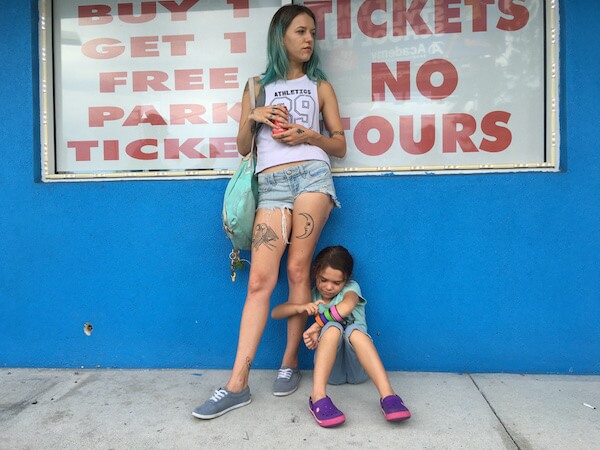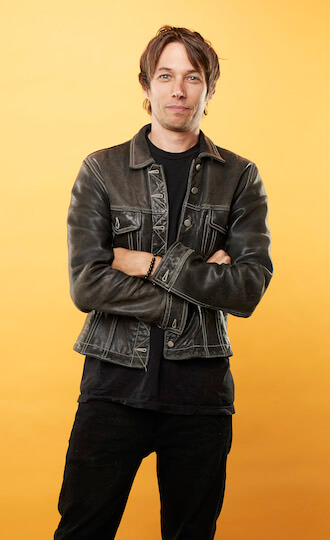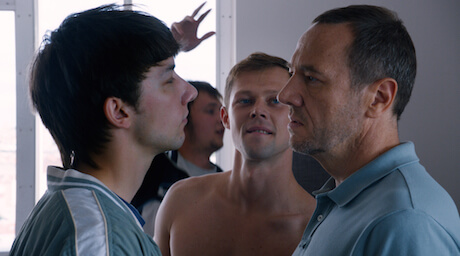2015 was a good year for films about women, which is reflected on my top 10 list, but not such a good year for films by women. Increasingly, Hollywood’s inability to employ more than a token percentage of female directors is getting attention, but the problem exists worldwide. Only in the documentary and avant-garde niches do female directors come close to parity. Most of the world’s prominent film festivals showed a tiny percentage of films by women in their competition sections this year.
Of course, much of the problem lies with production: festivals can’t show films that aren’t being made. The suicide last fall of Belgian lesbian filmmaker Chantal Akerman, whose “Jeanne Dielman” is one of the best films made by a director of any gender and a feminist landmark, cast a pall over this year’s New York Film Festival. At least we have the April 2016 release of her final film, “No Home Movie,” to look forward to.
Charlize Theron, trans newcomer Mya Taylor standouts in year with sharp takes on Jackson Heights, Chicago, Tehran
“The Assassin” (Hou Hsiao-hsien)
The anti-“Kill Bill,” Hou’s 9th century wu xia epic refrains from making its title character into a feminist role model or even a kick-ass anti-heroine. As storytelling, it’s both stripped-down and convoluted, but evoking the texture of ancient China seems to be the director’s highest priority. He has a long track record behind him, but this might be his most beautiful film yet.
“Jauja” (Lisandro Alonso)
It takes guts to cast Viggo Mortensen in your film and then refrain from having him speak a word of English. “Jauja” goes back to the roots of Europeans’ arrival in South America and finds something weird and twisted. It’s the kind of anti-colonial film that David Lynch might have made; were it a ‘70s artifact, it would have become a cult classic.
“Tangerine” (Sean Baker)
My favorite LGBT-themed film of the year is a screwball comedy about the struggles of two transgender sex workers in LA that does justice to both the humor and misery of their lives. Shot on an iPhone, it features orange-tinged cinematography — hence the title — that shows the potential of cheap technology to create gorgeous images. Something’s screwed-up when a film gets hailed as revolutionary in 2015 for casting trans actresses — including the excellent Mya Taylor — as trans characters.
“Mad Max: Fury Road” (George Miller)
Most blockbusters feel machine-made. George Miller’s comeback is a powerful blast of visceral filmmaking, as unexpected as it is refreshing. Charlize Theron’s one-armed bad-ass heroine breaks Hollywood taboos about disability and gender, as the film sets its title character aside most of the time and pushes its characters toward the formation of a matriarchy.
“It Follows” (David Robert Mitchell)
A post-HIV body horror film, “It Follows” exists in dialogue with late ‘70s/ early ‘80s John Carpenter and David Cronenberg. Mitchell creates a sexually transmitted monster without bothering to explain how it came about, borrowing the notion that danger potentially hides in every person from Carpenter’s “The Thing.” The film takes place in a recognizable Middle America, but it also exists in a world of its own.
“About Elly” (Asghar Farhadi)
Made in 2009 but released this year due to legal disputes with its bankrupt original distributor, “About Elly” might startle American audiences with its depiction of the Westernized lifestyle of Tehran’s middle class. Then it turns into a mystery and shows how much work — and how many lies — go into upholding such a life.
“The Iron Ministry” (J. P. Sniadecki)
A graduate of Harvard’s Sensory Ethnography Lab, which brought us the instant-classic “Leviathan,” J. P. Sniadecki bridges abstraction and humanism. His documentary on train travel in China, filmed over the course of several years, offers both beauty and sociology. It has insights large and small into the rapidly changing country.
“The Wonders” (Alice Rohrwacher)
Crashing the boys’ club of Cannes, Alice Rohrwacher offered up an investigation into what it means to drop out in contemporary Europe. She profiles a family of beekeepers who work too hard to be hippies yet are too disgusted by the culture around them to fit in to the world around them. Then they get an opportunity to be on reality TV, and the resulting friction speaks volumes about modern Italy.
“Chi-raq” (Spike Lee)
After years of floundering, Spike Lee managed to hit the zeitgeist of American anger, disgust, and frustration with gun violence. Deliberately jagged and jarring, his film stops dead in its tracks for a powerful 10-minute sermon but stays raunchy and funny most of the time. Who knew Greek comedy — “Lysistrata,” in this case — could be so easily and thoughtfully adapted to present-day Chicago?
“In Jackson Heights” (Frederick Wiseman)
While there are a few scenes here that I would’ve chopped if I were Wiseman, “In Jackson Heights” does the valuable work of simultaneously celebrating the diversity of the titular Queens neighborhood — including many glimpses of its vibrant LGBT community — and sounding a warning alarm about its impending gentrification. I wish that Wiseman were around filming Williamsburg 20 years ago.
Runners-up: “Amy” (Asif Kapadia), “The Duke of Burgundy” (Peter Strickland), “Güeros” (Alonso Ruizpalacios), “Heart of a Dog” (Laurie Anderson), “Inside Out” (Pete Docter), “Lil’ Quinquin” (Bruno Dumont), “The Look of Silence” (Joshua Oppenheimer), “My Friend Victoria” (Jean-Paul Civeyrac), “Office” (Johnnie To), and “Unfriended” (Leo Gabriadze).
Undistributed films deserving of attention: “88:88” (Isiah Medina), “Letter to a Father” (Edgardo Cozarinsky), “Le Paradis” (Alain Cavalier), and “Sorrow and Joy” (Nils Malmros).







































